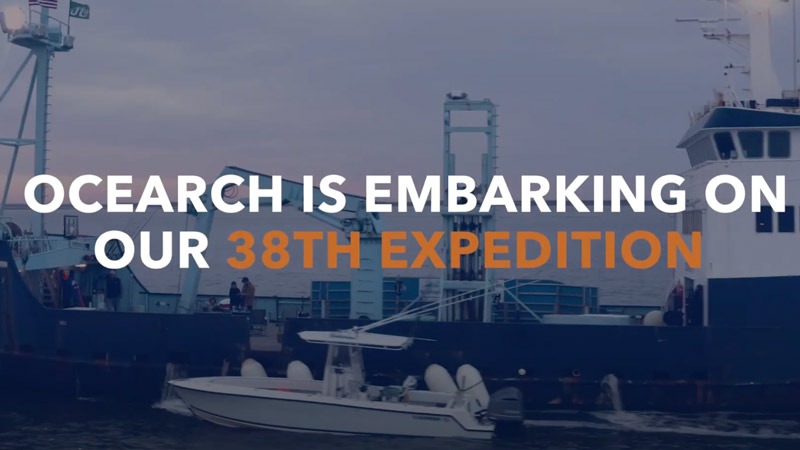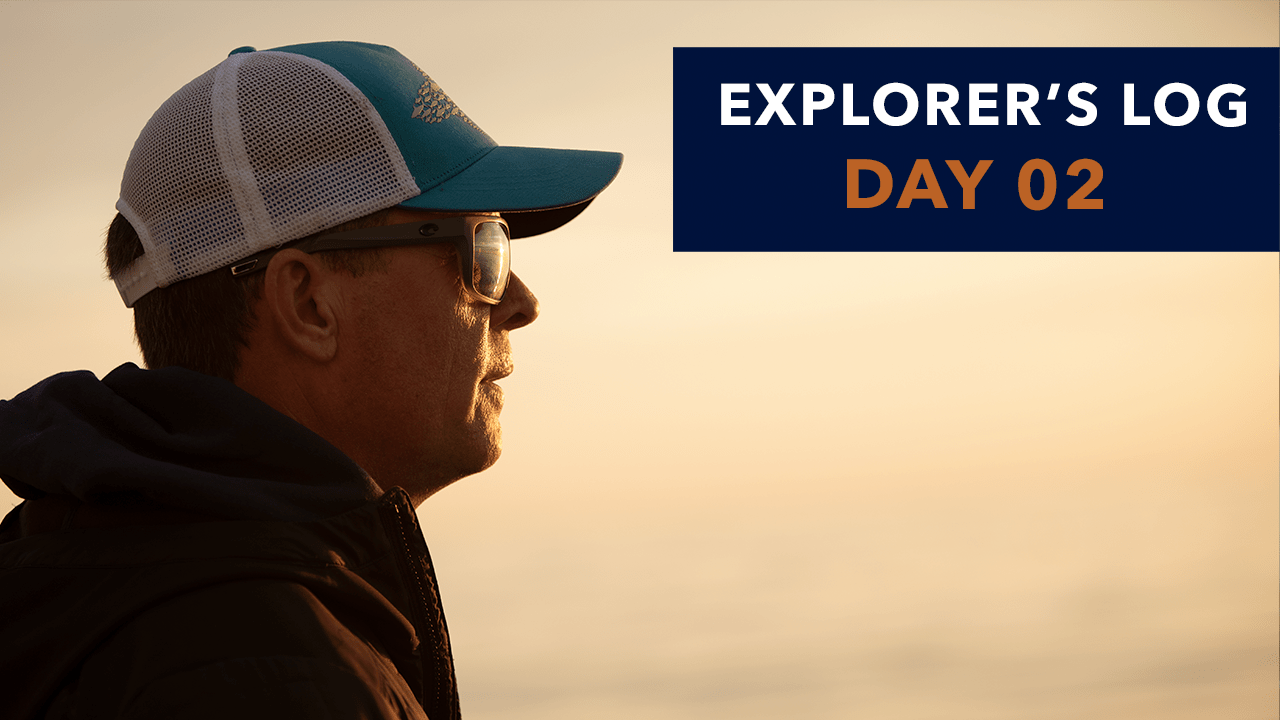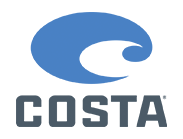OCEARCH and its team of collaborating marine scientists are embarking on their 38th expedition and will bring their vital multi-institutional great white shark research back to federal waters surrounding Massachusetts. The trip named will support 20 individual research projects, 33 scientists and 21 institutions in order to continue developing our most advanced understanding yet of white sharks. In addition to open-sourcing all data for public safety programs, the expedition will highlight efforts to include:
- A comprehensive examination of white shark biology and physiology in order to develop a complete understanding of how they utilize the continent’s east coast.
- A health assessment of each animal that will be used to understand the overall population health of white sharks.
- OCEARCH-facilitated research by microbiologists will determine the best antibiotics to administer to a human victim after a white shark bite.
- Data will be open-sourced for public safety programs.
Did you know that the multiple tracking devices needed to study each white shark on the OCEARCH Global Tracker can cost more than $2,500 per animal? You can help make an impact on our oceans and help fund our Expedition in Massachusetts by shopping the gear or making a donation.
16
20
4
33

McBride

Fischer

Ship Engineer – OCEARCH

Ubatuba
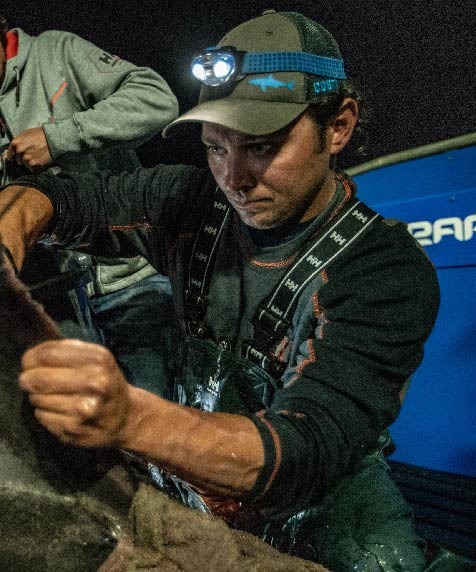
Leaderman – OCEARCH

Deckhand – OCEARCH
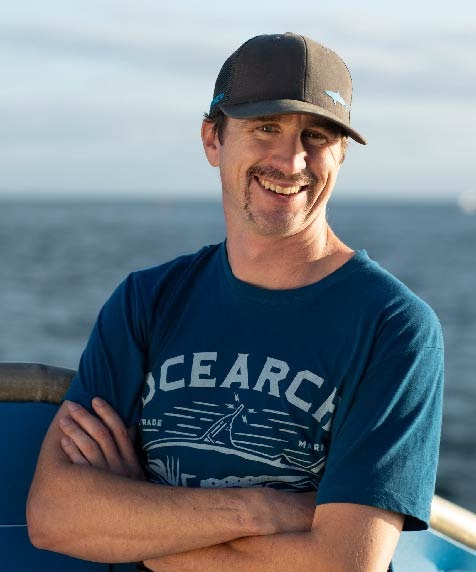
Kanaly

Lettieri

Hueter, Ph.D
Chief Scientist – OCEARCH

Newton, VMD

Hyatt, DVM
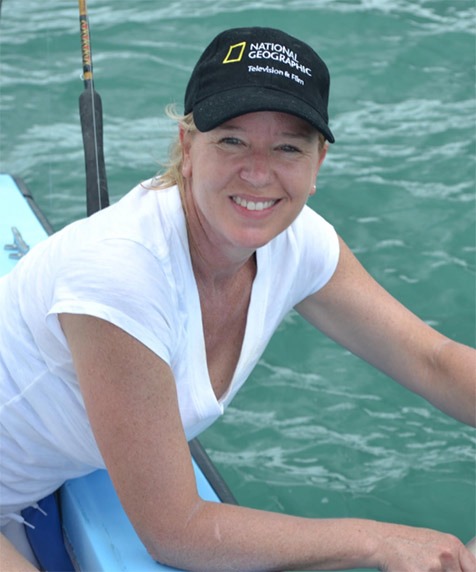
McComb-Kobza

Montano, DVM

Franks, PhD

Tanjuatco


What is the North Atlantic White Shark Study
This project began in 2012 and has been called the “North Atlantic White Shark Study”. The purpose of this project is to solve the life history puzzle of the North Atlantic White Shark by gathering the appropriate data that would tell us where this population breeds, feeds and gives birth. The way to do this is by tagging at least 10 sharks of each sex in three categories: juvenile, immature, and mature.
What type of studies do you expect to run during this expedition?
This expedition is supporting 20 individual studies from 21 institutions around the continent. In addition to putting tracking devices on the animals, researchers will take a number of tissue, blood and other samples to learn even more about white white shark biology. These samples can be used to understand: the overall population health of white sharks in the Northwest Atlantic, reproductive health, and even what types of antibiotics can be used if a human is bitten.
What type of samples do you expect to collect during this expedition?
All male and female sharks caught will be sampled. The team will collect blood, mucus, parasites, muscle, fin clips, eye measurements, feces, urine, and semen, whenever possible. Ultrasound exams also will be performed on adult females to confirm
pregnancy.
Can you describe your process for tagging sharks?
Sharks are caught from tenders using handlines and are guided by hand in the water on and off the lift. After capture, sharks are brought to the submerged platform of the M/V OCEARCH vessel and the platform is raised. Once the sharks are restrained and hoses of water have been set to enable the flow of oxygen, they are measured. SPOT and acoustic tags are attached. The tagging, handling and sampling procedures employed during the expedition follow the standards of the Institutional Animal Care and Use Committees (IACUC.org) of each institution, which is made up of scientists and veterinarians.
Will the sample collection impact the sharks health?
While the tagging method, which has been used on sharks and other species for over a half-century may cause some level of brief discomfort, there is no scientific evidence that it impacts their behavior or survival post-release. In fact, data from the Global Shark Tracker provides strong evidence that the animals tagged using this method show long-term survival and long-distance migrations indicative of normal function and reproductive cycles.
What does the data from the OCEARCH Tracker tell us about sharks?
The data allows us to see the range of shark movements in different parts of the world -their migration patterns – and helps us uncover the areas in need of protection. The tracking data allows studies such as the examination of fine and broad-scale movements, habitat use, site fidelity, residency, and feeding behavior of white sharks. The data we’ve enabled so far has allowed scientists to figure out the mating and breeding sites of the species on the west coast of Mexico – Guadalupe Island. Scientists have also documented the first migration of Great White Sharks to the gulf and the mid-Atlantic ridge.
What happens to the data you've collected?
The data is shared in an open source environment with collaborating institutions that utilize it to conduct studies that are eventually published in peer-reviewed scientific journals. The papers, which can take 2-5 years to publish, are used to assist in policy decisions. So far, there have been 55 papers published based on OCEARCH expeditions and resulting studies.
How can I follow the expedition?
Follow OCEARCH on Facebook, Twitter, Instagram (@OCEARCH), and YouTube for Expedition Massachusettes 2020 updates.You can also follow the sharks tagged during the Nova Scotia Expedition by accessing the near-real-time, free online OCEARCH Tracker.
Who supports the expedition?
Costa Sunglasses, SeaWorld, YETI Coolers, Ulysse Nardin, Helly Hansen, Cisco Brewers, Jacksonville University and Contender support the expedition.

